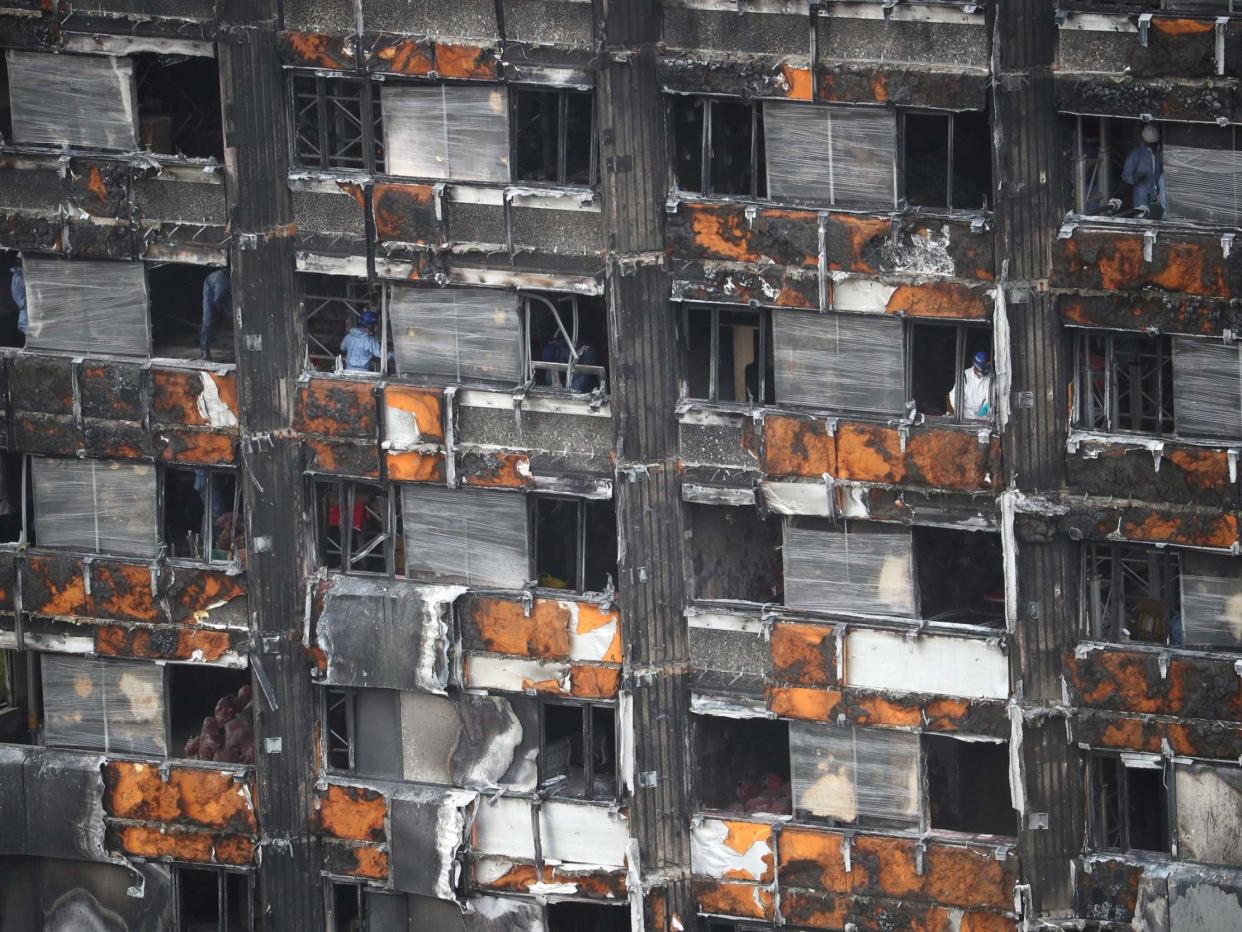Applications for government’s £1bn fund to remove unsafe cladding open next week

Applications for the government’s £1bn fund to remove dangerous cladding from high-rise buildings will open on Monday.
More than half a million people in England and Wales could be living in homes with unsafe cladding, analysis by industry body the Association of Residential Managing Agents (ARMA) said in February.
Leaseholders say they have been stuck in homes they cannot sell, as bills run into the tens of thousands to remove cladding approved under building regulations but subsequently deemed unsafe following the 2017 Grenfell Tower fire, which killed 72 people.
Building owners in England have been urged to register to be considered for a share of the cash to remove unsafe and flammable materials from residential blocks over 18m tall.
It will cover various types of cladding, but not the aluminium composite material (ACM) cladding that was used on Grenfell Tower, as this is currently serviced by its own £600m fund, the Ministry of Housing, Communities and Local Government (MHCLG).
The removal work must happen as an “absolute priority”, the housing secretary, Robert Jenrick, has said.
Mr Jenrick said he has ensured the work can take place safely during the coronavirus crisis.
“I will not accept any excuses from building owners who have yet to take action and those responsible should register for the fund so that they can start the remediation process immediately,” he said.
“I have also reached an agreement with local leaders so that this important work can continue safely during the pandemic.”
All new residential buildings taller than 11 metres will be fitted with sprinkler systems according to statutory guidance published on Monday, he added.
However, the fund will not cover other onerous fire safety costs, such as 24-hour “waking watch” patrols, which can cost thousands per year, or other structural fire safety defects not related to cladding.
Building owners, freeholders, and other responsible organisations have between 1 June and 31 July to register if they cannot cover costs themselves, the MHCLG said.
The department said the £1bn fund, announced in the Spring Budget, is intended mainly to support leaseholders in the private sector who are facing expensive bills.
However, it appears leaseholders living in social housing blocks will be protected from costs.
The MHCLG added: “The government is clear that for leaseholders living in buildings owned by providers in the social sector, it will provide funding to meet the provider’s costs, which would otherwise have been borne by leaseholders.
“The government expects landlords to cover these costs without increasing rent for their tenants.”
It comes after the government backed away from its pledge to remove all Grenfell-style cladding from tall buildings by next month.
The dangerous material remains on some 307 high-rise towers as of the end of April, with only 42 buildings having been stripped of the cladding, according to government figures.
Critics accused the government of failing to take any meaningful action against wealthy building owners and said they hope ministers “feel deeply ashamed” as the third anniversary of the Grenfell Tower tragedy approaches.
A spokesperson for the government did not say whether it would be able to uphold the pledge and said “remediation work takes time and must be done safely and properly”.
Read more
Government backs away from June oath to remove Grenfell-style cladding
Grenfell cladding discussions ‘focused on appearance and price’
Grenfell contractors ‘more concerned about cost than fire safety’
Grenfell architect admits he did not read cladding fire regulations
Firms in Grenfell Tower inquiry given immunity from prosecution

